Catastrophes and low interest rates blighted Lloyd’s insurers’ numbers, but who came off best?

Comparison of listed Lloyd’s insurers’ nine-month results (scroll across to see full table)
| Gross written premium (£m) | Investment return (%) | Net catastrophe loss (£m) | 2010 shareholders’ equity (£m) | Catastrophe loss as % of 2010 shareholders’ equity | ||||
|---|---|---|---|---|---|---|---|---|
| First nine months | 2011 | 2010 | change (%) | 2011 | 2010 | |||
| Amlin1 | 2,051.9 | 1,916.6 | 7.1 | 0.4 | 3.9 | 359.0 | 1,729.9 | 20.8 |
| Beazley | 865.3 | 864.0 | 0.1 | 0.7 | 0.6 | 117.1 | 693.0 | 16.9 |
| Catlin | 2,352.6 | 2,099.2 | 12.1 | 2.7 | 2.9 | 428.8 | 2,206.7 | 19.4 |
| Hardy | 278.1 | 256.3 | 8.5 | 1.3 | n/a | 32.3 | 153.3 | 21.1 |
| Hiscox | 1,169.5 | 1,205.3 | -3.0 | 0.5 | 3.2 | 210.0 | 1,266.1 | 16.6 |
| Lancashire | 334.5 | 380.9 | -12.2 | 1.2 | 4.6 | 61.7 | 823.6 | 7.5 |
| Novae | 516.4 | 473.3 | 9.1 | 1.4 | 2.3 | 57.6 | 293.6 | 19.6 |
| Omega | 165.4 | 197.4 | -16.2 | 0.9 | 2.0 | 43.1 | 269.8 | 16.0 |
Analysis
- Catlin incurred the heaviest catastrophe losses among the listed Lloyd’s insurers, but it is also the biggest of the bunch measured by gross written premium and 2010 shareholders’ equity. However, the company with the biggest catastrophe loss in relative terms was Hardy. The company has cut its catastrophe exposures in 2010 and 2011, but it was particularly susceptible because the bulk of the events in those two years were outside the USA. Hardy’s US exposure is relatively low compared with its peer group.
- Just as Catlin is the biggest of the listed Lloyd’s bunch, it has also seen the most growth over the past nine months. A lot of the new growth is thanks to the launch of its new Swiss reinsurance operation, Catlin Re Switzerland. The company is also looking to expand further in 2011, having signed a deal with China Re to set up a sidecar syndicate to provide its main syndicate with additional underwriting capacity.
- Three of the group cut back their underwriting in the first nine months of 2011: Hiscox, Lancashire and Omega. Both Lancashire and Hiscox are known for being highly selective underwriters and have been turning down business that does not meet their strict criteria. The fruits of Lancashire’s discipline can clearly be seen in its relative catastrophe loss, which is by far the lowest of the group, and Hiscox’s is the third-lowest.
- Omega has been chopping back its book in a bid to return to profitability, which means it saw the biggest drop in gross written premium of the group. Mark Byrne, whose investment vehicle Haverford is in the process of buying 25% of Omega, blames the company’s abrupt fall from grace after many years of profitability on allowing its Bermuda reinsurance division, originally set up to reinsure the group, to start writing third-party business in 2009. This has now been curbed and the company has also pulled out of retrocession and marine and energy business.
- Investment returns have taken a hammering almost across the board as low interest rates take their toll on the Lloyd’s insurers’ bond-heavy portfolios. The largest drops were reported by Catlin, Lancashire and Hiscox. Beazley has been criticised in the past for its conservative investment portfolio, but its returns, while low, barely shifted. This consistency will have made things a little easier for the company.
- The ranks of the listed Lloyd’s insurers have been depleted this year, with Brit being sold to the Achilles consortium and Chaucer going to US insurance group Hanover. Both have delisted from the London Stock Exchange since their acquisitions. There are persistent rumours about who will be the next to be bought, but any further acquisition activity is likely to be stifled by the mismatch between buyers’ and sellers’ views on the right price in the current environment.
Notes
1. First 10 months of 2011
Figures provided in dollars were converted to sterling using the 30 September 2011 rate: $1=£0.6399






















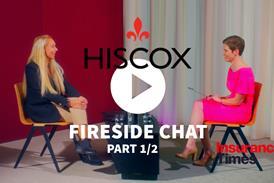





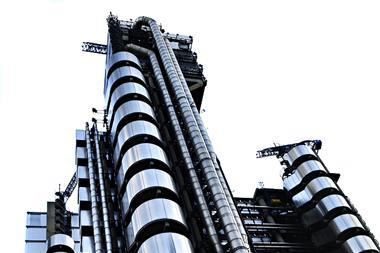
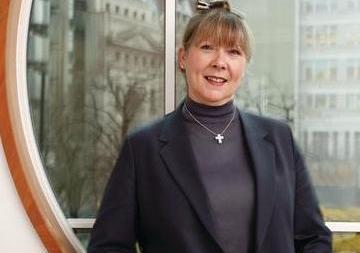
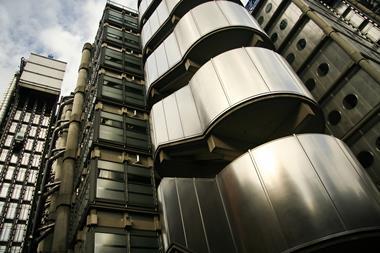
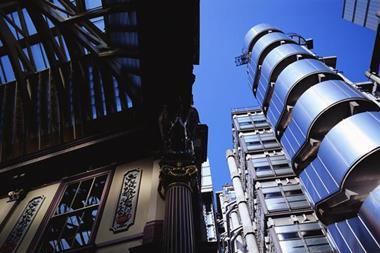

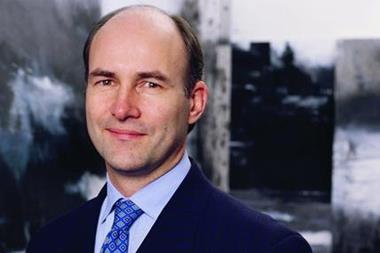



No comments yet